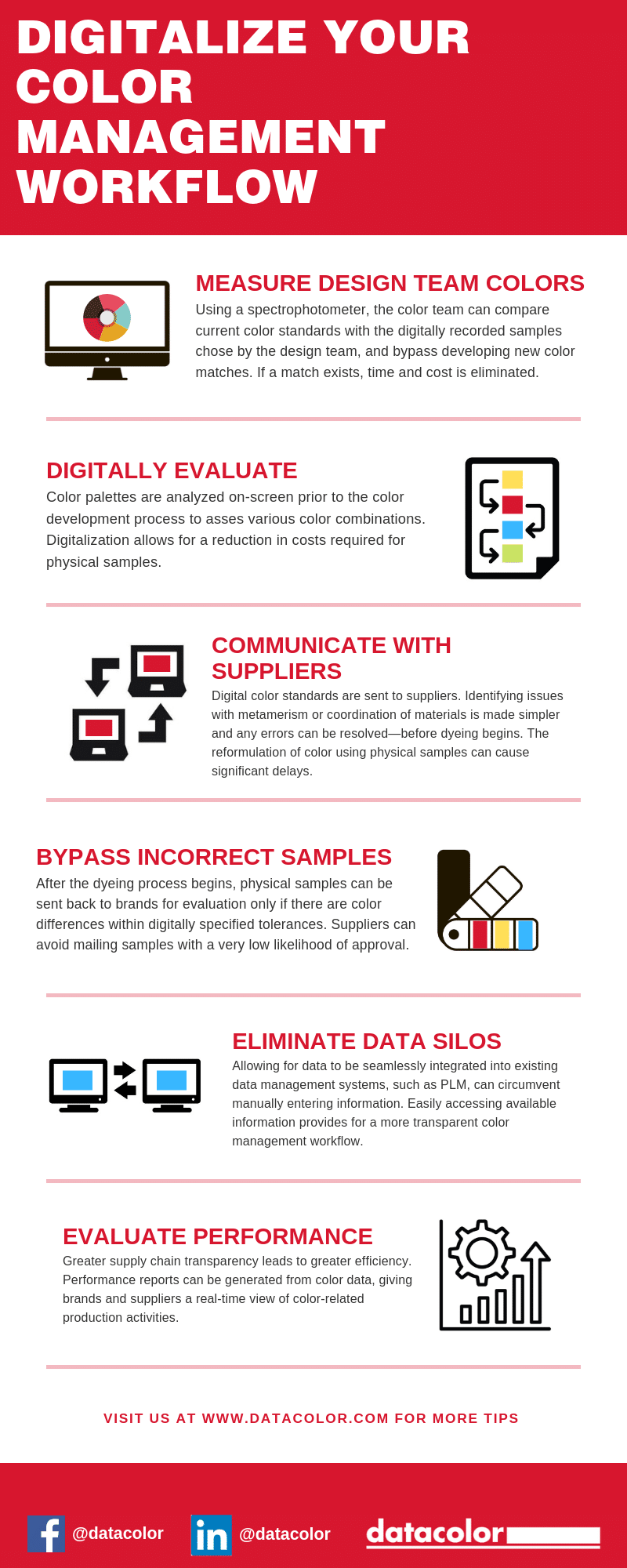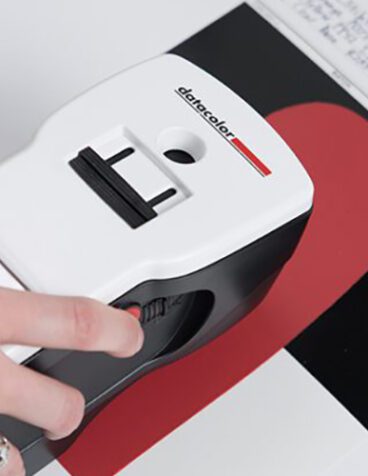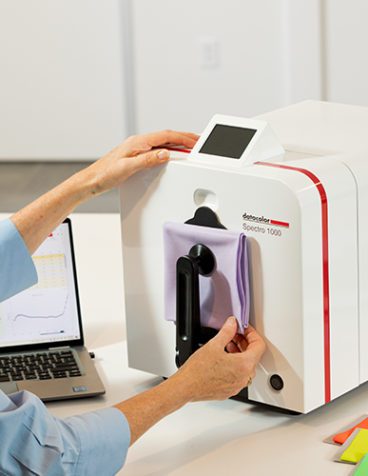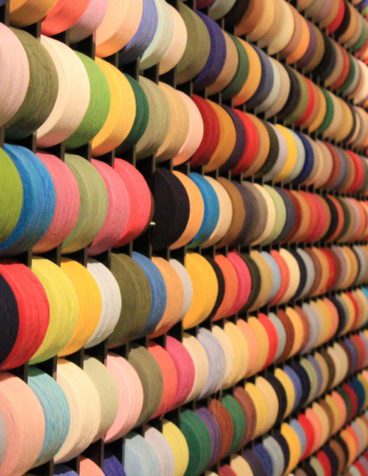A fully digital color management workflow can bring dramatic improvements to color development efficiency and speed. Here at Datacolor, we often talk about streamlining color management across your supply chain. But what exactly does that look like? And what does successful implementation look like?
Today, we’re breaking down the systems and processes that come together to create a fully digital color management workflow. But first, let’s discuss how “digital color management” is defined.
What does “digital color management” encompass?
Digital color management encompasses all of your company’s processes that are impacted by color. This ranges from initial color selection by design to delivery of final products to the store shelf. Depending on the company and its size, this may span multiple brands, suppliers and mills.

How is a color management program designed?
Design and implementation of a color management program starts with a detailed analysis of your existing and preferred processes. This is followed by a discussion with our team that covers industry best practices and our recommended solutions. From here, we design—and ultimately implement—a solution for you that will have the best possible impact on your color program.
Digital Color Management In Action
In the textile industry, a fully digital color management workflow will look something like this:
1. Design Inspiration Colors are Measured
Inspiration colors from the design team are measured using a spectrophotometer. Having a digital record of all samples, the color office can easily search both their brand’s own colors and color standards provider libraries for similar shades. Having access to these standards eliminates the time and cost required to develop new color matches when a close enough match already exists.
2. Color Palettes are Evaluated Digitally
This is to ensure color palette harmony and collection optimization. Doing this before color development begins will identify gaps and allow the color team to assess various color combinations without producing physical samples. As with the step above, this further reduces time spent and sampling costs.
3. Digital Color Standards are Communicated to Suppliers
When digital color standards are sent to suppliers instead of physical samples, days can be saved at the beginning of the color development process. This is the ideal time to identify issues with metamerism or coordination of materials—before the first sample is even dyed. If this is not addressed until later, the need for reformulation of colors can cause significant delays.
4. Unacceptable Physical Submissions are Eliminated
Another opportunity to save time and costs happens once suppliers begin dyeing samples. Visual color evaluation is highly subjective. However, with digital color data and numerical tolerances, brands can direct suppliers to send samples back for evaluation only AFTER the color differences are within the specified tolerances. This avoids suppliers mailing samples for evaluation with a very low likelihood of brand approval.
5. Production Quality Control Checks are Performed
For many organizations, color management stops when a lab dip or strike-off is approved. But costly color mistakes can still occur after this point. To avoid this, suppliers equipped with spectrophotometers and quality control software can measure every lot of fabric and communicate those measurement details back to the brand. They can also automatically reject lots that do not meet the required production tolerance.
6. Measurement of Materials that Require a Specialized Spectrophotometer
Traditionally, materials like heather, mesh, prints, lace and other accessories could not be measured digitally. With the introduction of hyper-spectral imaging spectrophotometers, it is now possible to measure these, leading to more time and cost savings.
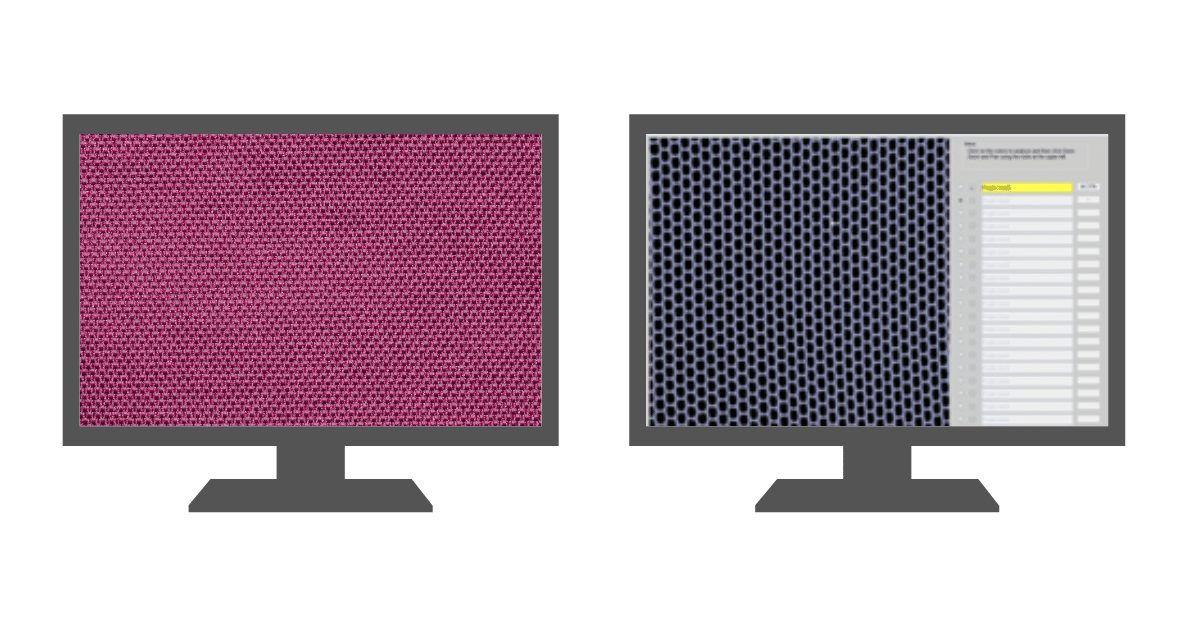
7. Color Data is Communicated Across the Supply Chain
In any organization, siloed data can lead to frustrations due to limited availability of information. Errors can also occur easily when data must be manually entered into multiple systems. An open-database architecture is an important part of a fully digital color management workflow. This allows for seamless integration into existing data management systems, such as PLM.
8. Supplier and Material Performance is Evaluated
Greater supply chain transparency leads to greater efficiency. Performance reports can be generated from color data, giving brands and suppliers a real-time view of production activities related to color.
A fully digital approach to color management can ultimately pay for itself—not just with cost savings, but with time savings and consistent quality as well. Whether you’re new to color management or see an opportunity to further streamline your color management workflow, our team is here to help guide you through the entire process.
